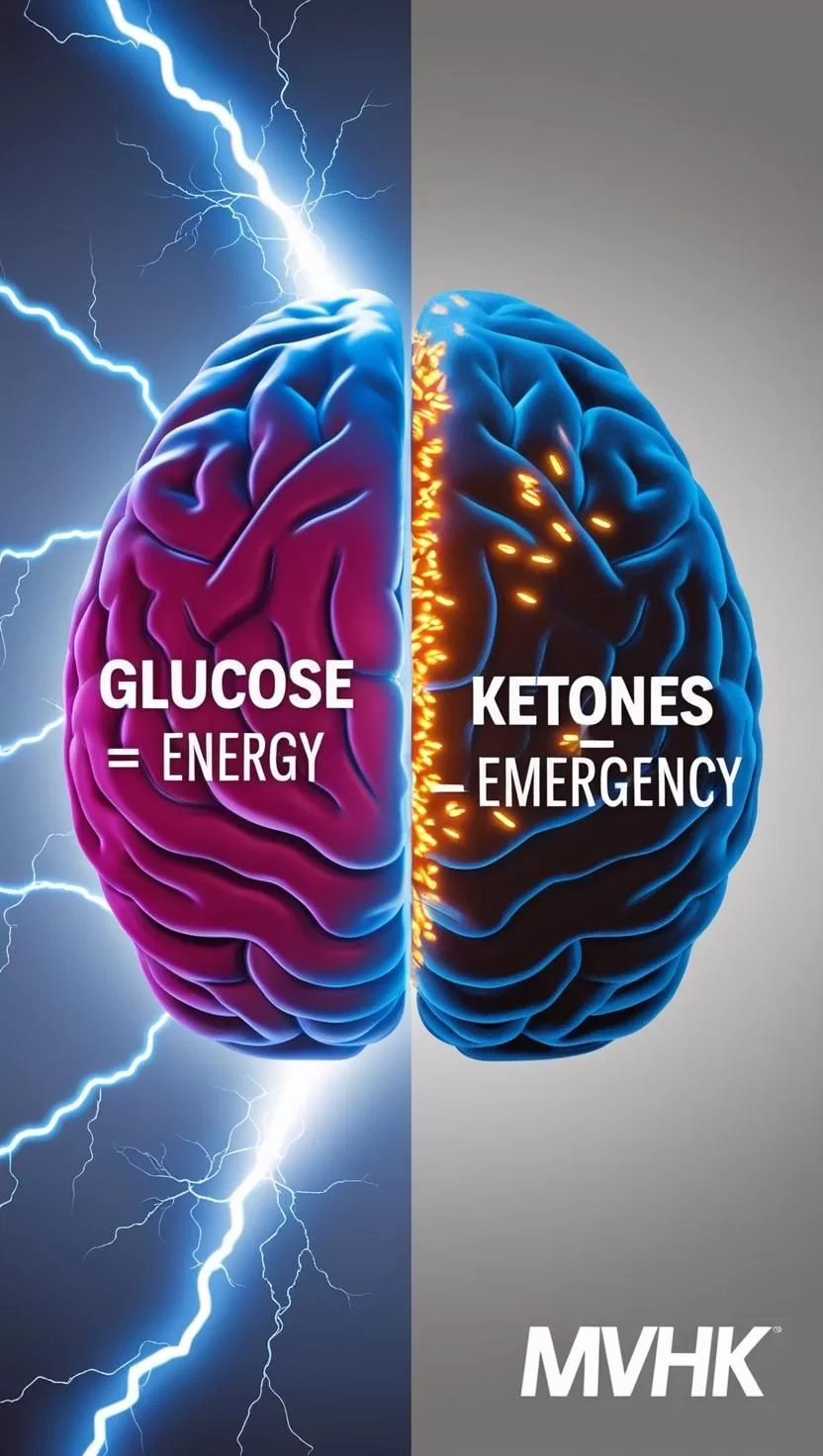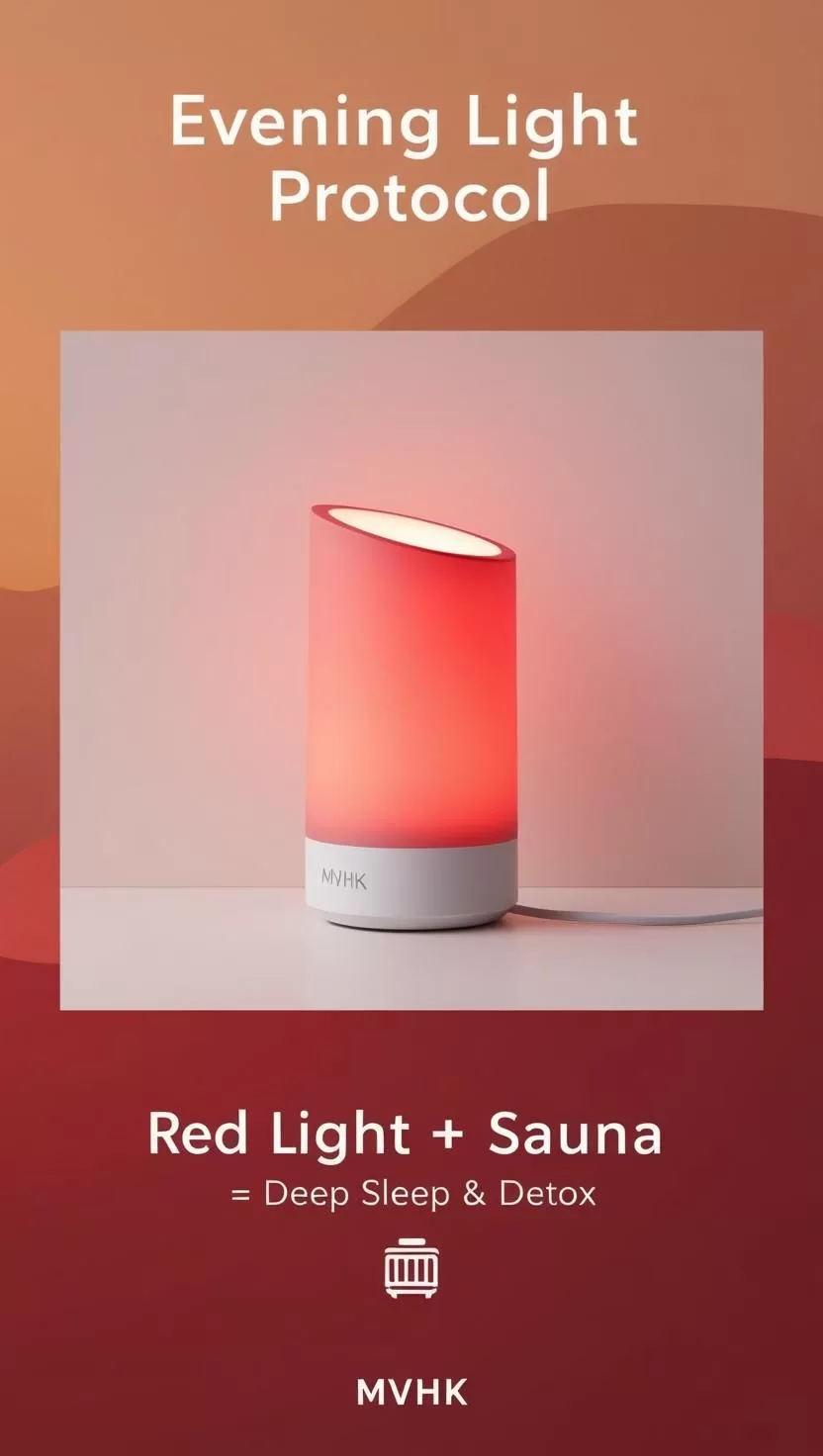Safe Sauna Protocols for Blood Pressure and Heart Health: 2025 Guide
Introduction
Can a sauna help—or hurt—your heart? While healthy people often experience lower blood pressure after sauna use, those with hypertension may face a paradoxical spike. This isn’t just uncomfortable—it can be dangerous. With cardiovascular disease affecting over 121 million Americans, understanding sauna safety has never been more important. This article uncovers the science, outlines expert-backed protocols, and delivers an actionable plan to harness sauna therapy for functional longevity—without risking your heart.
🎯 The Science Behind Sauna Use and Blood Pressure
Latest Research
Recent clinical trials (e.g., Laukkanen et al., 2023) confirm that sauna bathing reduces all-cause mortality—but only when properly tailored. While normotensive individuals benefit from vasodilation and parasympathetic activation, hypertensive users require tighter parameters. According to Mayo Clinic and Finnish Cardiovascular Institute, key differentiators include session duration, temperature, and hydration strategy.
Mechanisms
Sauna heat triggers peripheral vasodilation, which typically lowers blood pressure. However, in people with stiffened arteries or autonomic dysfunction, this reaction is blunted—or even reversed—leading to temporary hypertensive spikes. Repeated exposure under controlled conditions can, however, improve endothelial function and autonomic balance.
Expert Opinions
Dr. Jari Laukkanen, a leading sauna researcher, advises:
“For those with cardiovascular risks, precise control over sauna parameters is non-negotiable. Benefits come only when protocols match personal physiology.”
💪 Implementation Guide
Getting Started
For beginners or comeback warriors, start with:
- 8–10 minutes per session
- Temperature: 158–176°F (70–80°C)
- Frequency: Twice per week
- Pre-hydration: 500–750ml of water + electrolytes
Progression Strategies
Once tolerance is built:
- Increase session time to 15–25 minutes
- Increase frequency up to 4–7 times weekly
- Use progressive overload concepts—alternate session durations and integrate contrast therapy (e.g., cold rinse post-sauna)
Common Mistakes
- Skipping electrolyte replacement
- Using sauna while dehydrated or on diuretics
- Rapid re-entry into multiple sessions without adequate cool-down (minimum 30 minutes)
🚀 Advanced Techniques
Personalization
Not all hearts respond the same. Users with stable heart disease should consult physicians before advancing beyond moderate protocols. Avoid sauna use entirely with:
- Severe aortic stenosis
- Postural Orthostatic Tachycardia Syndrome (POTS)
- Blood pressure meds with autonomic side effects
Technology Integration
Use heart rate monitors, hydration apps, or smart water bottles to monitor readiness and recovery. Tools like WHOOP, Garmin Body Battery, and Oura Ring help identify ideal session timing and recovery windows.
Sustainability
Pair sauna use with hydration planning, sleep optimization, and magnesium-rich nutrition for sustainable cardiovascular and longevity benefits.
📊 Results & Success Stories
Case Studies
One study showed hypertensive patients using 15-minute sessions at 176°F three times weekly for 8 weeks saw an average 11-point drop in systolic blood pressure—without medication changes.
Measurable Outcomes
- Improved HRV (Heart Rate Variability)
- Lower resting blood pressure
- Enhanced sleep and reduced inflammation markers (CRP)
Community Feedback
Fitness forums and recovery blogs are full of “comeback warriors” who integrated sauna protocols post-cardiac rehab with exceptional success—provided they followed hydration and cool-down guidelines.
🎯 Action Plan: Start Today
Week 1–2: Foundation
- 2x weekly, 10 minutes at 158–170°F
- 750ml pre-hydration + electrolyte tablet
- Monitor HR pre/post session
Week 3–4: Progression
- 3–4x weekly, 15–18 minutes
- Add post-sauna cold rinse
- Extend cool-down to 30–45 minutes
Long-term Maintenance
- 4–6x weekly, up to 25 minutes
- Use biometric feedback for session readiness
- Cycle intensity weekly (high/low sessions)
📚 Frequently Asked Questions
Can sauna reduce blood pressure safely?
Yes—if done correctly. For normotensive users, regular sauna use can significantly reduce both systolic and diastolic pressure. For hypertensives, shorter sessions and hydration are key.
What are the risks for people on blood pressure meds?
Certain medications like beta-blockers or diuretics can amplify dehydration risk or blunt thermoregulation. Always consult a cardiologist first.
How do I start if I’m recovering from a heart issue?
Begin under supervision: low heat (158°F), 8-minute sessions, 2x weekly. Hydrate before and after, and avoid back-to-back sessions.
How long until I see benefits?
Most cardiovascular benefits begin after 6–8 weeks of consistent use, though improvements in HRV and sleep can appear within days.
Is sauna ever unsafe for heart patients?
Yes—for those with aortic valve disease, autonomic dysfunction (like POTS), or uncontrolled hypertension. Consult your doctor.






